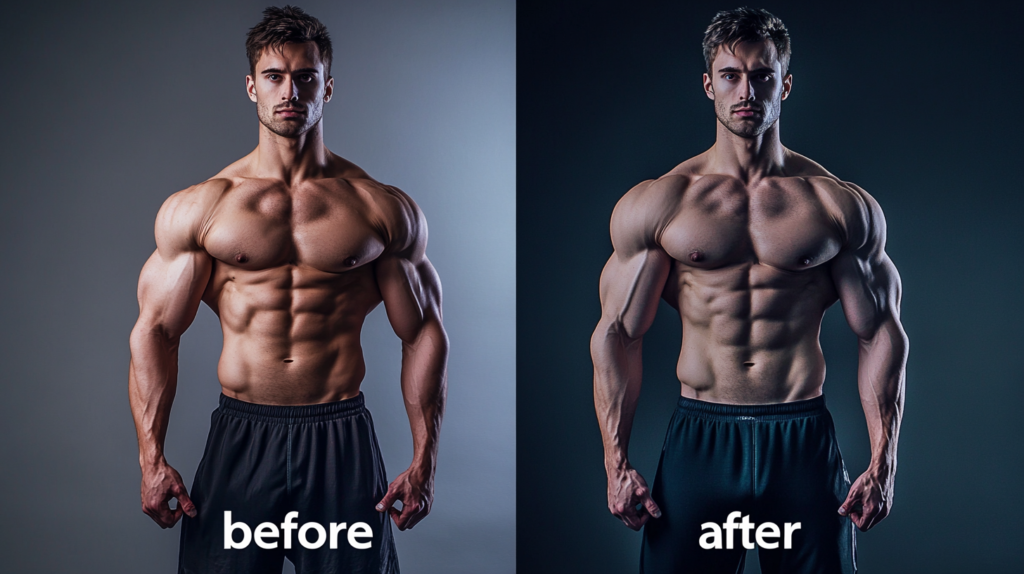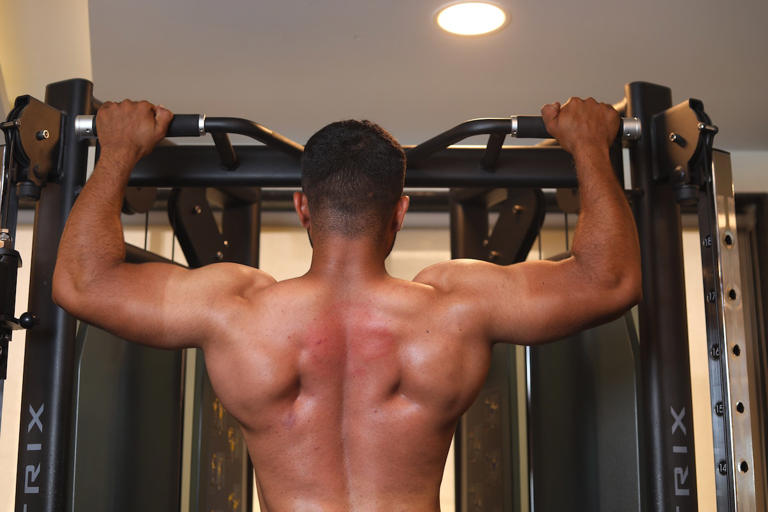
When we think of building muscle, proper form is usually top of mind. However, recent research suggests that using bad form—under the right circumstances—can double your muscle growth. While it might sound counterintuitive, there’s science to back it up. Here, we’ll explore how focusing on muscle stretching rather than just lifting heavy weights could take your workouts to the next level.
The Science Behind the Stretch and Muscle Growth
A growing body of research shows that training muscles in the stretched position can lead to faster growth. According to Dr. Milo Wolf, a leading expert on this subject, there are around 10 to 12 studies that consistently demonstrate that muscle growth doubles when you focus on stretching during your exercises compared to missing out on it. This research challenges the common notion that more weight equals more muscle. Instead, it highlights the importance of controlling your movements and prioritizing stretches.
Why Bad Form Might Be Good for Muscle Growth
Take that guy at the gym who claims he can do 30 pull-ups but looks like he’s doing them all wrong. It turns out he might be on to something. When exercises are performed with half reps—but specifically in the stretch position—research shows that this can accelerate muscle growth. It’s a technique that can be applied to various exercises to target underdeveloped areas.
For example, exercises like the bench press, squat, and Romanian deadlift (RDL) tend to limit how deep a stretch you can achieve when you’re using heavy weights. While increasing the weight is important for strength, not allowing your muscles to fully stretch can hinder optimal growth.
How Weight Limits Your Stretch
One common mistake many gym-goers make is cutting reps short when the exercise gets tough. Think of squats where people only go halfway down or bench presses that stop just above the chest. These movements tend to avoid the painful stretch phase, which is where muscle growth is most effectively triggered. Dr. Milo Wolf explains that going deep into the stretch position—even if it means lowering the weight—is key to seeing real muscle growth.
Techniques to Maximize Muscle Stretch
There are two main ways to make sure you’re getting the best stretch for growth:
1. Choose Exercises That Maximize the Stretch
Some exercises inherently provide a better stretch than others. For example, while the barbell bench press is a common chest exercise, switching to dumbbell bench presses or even deficit push-ups can provide a deeper stretch, leading to more muscle activation. Similarly, dumbbell flies allow for a deeper stretch in the chest compared to traditional pressing exercises.
2. Focus on Stretch Resistance
It’s not just about how deep you stretch; it’s about how challenging the stretch is. Research has shown that challenging the muscle in the stretch position is crucial for hypertrophy (muscle growth). For example, compare a preacher curl to an incline curl for your biceps. While the incline curl gives your biceps a better stretch, the preacher curl challenges the muscle more in the stretched position, leading to greater growth.
Exercises That Challenge Your Stretch
Here are some exercises that are excellent for targeting muscle groups in the stretched position:
- Dumbbell Chest Flies: Ideal for stretching the chest.
- Overhead Tricep Extensions: Excellent for stretching the triceps.
- Behind-the-Body Lateral Raises: Great for stretching your shoulders.
- Reverse Cable Flies: Targets the rear delts in the stretched position.
One drawback is that certain muscle groups, like the back and calves, lack exercises that fully challenge the stretch. But don’t worry, there’s a solution for that.
The Benefits of Half Reps in the Stretch Position

If the stretch position is where the magic happens, how can you use this knowledge to improve your gains? One option is to replace full reps with half reps, focusing on the stretch position. This method has shown significant results in research. A 2023 study found that participants who did half reps in the stretched position saw around twice the muscle growth compared to those who performed full reps.
Exercises that Benefit from Half-Reps:
- Calf Raises: Focus on the lower half of the movement.
- Lat Pulldowns and Rows: Keep tension during the stretched part of the movement.
- Leg Extensions: Hold at the bottom to challenge the quads.
Another effective technique is to perform as many half-reps as possible in the stretched position after you can no longer perform full-range reps. This can further push your muscles toward growth, especially when your workout routine hits a plateau.
What About Muscle Groups Like the Back and Calves?
For exercises that don’t naturally challenge the stretch, such as rows and calf raises, you can make modifications. Adjust your form to ensure the stretch position is more challenging or use lighter weights with a focus on controlled, slow movements to maximize the stretch.
Conclusion: Turn Bad Form Into Muscle Growth
Incorporating bad form half reps into your routine, focusing on the stretch position, and choosing exercises that challenge the stretch can help you achieve faster and more efficient muscle growth. While traditional full-range reps have their place, strategically using these techniques can target lagging muscles and push your gains to the next level.
If you’re serious about improving your physique, consider integrating these methods into your workouts. You’ll not only improve your form but also maximize your muscle growth in ways you never thought possible.
For those looking for a detailed, science-backed plan, check out our complete workout programs tailored to your fitness goals. And remember, don’t just work hard—work smart.

